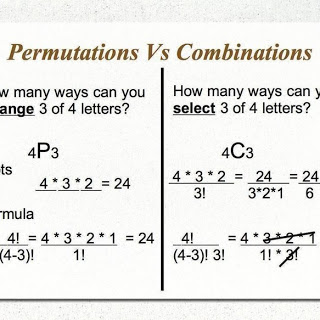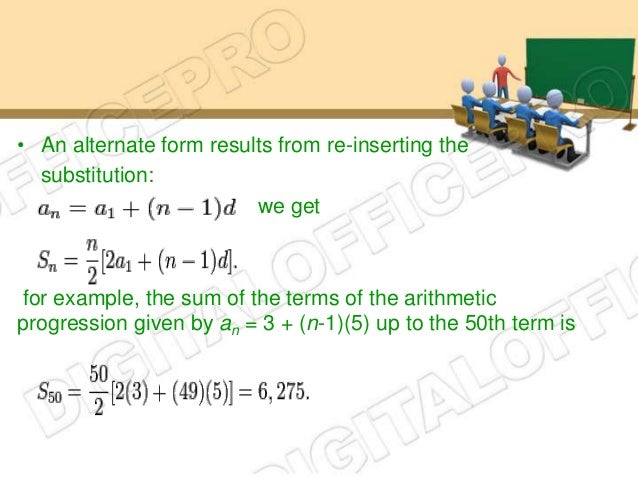

So, ordering of 5 bells = 5 * ordering of 4 bells.
#Permutation vs combination how to
If he had 5 bells, and he fixed the first bell, all he had to do was figure out how to order 4 bells.įor 4 bells? Well, if he had 4 bells, and he fixed the first bell, all he had to do was figure out how to order 3 bells. Was there a way to figure this out quickly? You only have so much time in the day, you've got to ring bells, you can't be stuck drawing out all the possible bells. This is when he realized doing things by hand is unwieldy. How many ways could he fix the first bell? Any of the 3 bells could be the one! If he fixed the first bell, then the number of ways to order the remaining two bells was always two. He then realised this was very similar to two bells! What are the different orderings he could ring these bells in? So, this challenge was about figuring out the best order.Ĭould we, on the way, also find out all the possible orders? We want to know all possible orders to figure out if it's worth trying them all.Ī bell ringer, Fabian Stedman took up this challenge. The only thing you could do was change the order of the bells. You couldn't change how quickly you could ring a bell - the machines only rang one bell every second. How did people figure out the best sequence to ring them in? What if they wanted to switch things up? How could they find the best sound? Each bell tower had up to 16 bells!

We switched to machines because the bells are too big. Have you wondered how the bells are rung in churches? There's a machine that "rings" them in order. The first known interesting use case came from Churches in the 17th century.
#Permutation vs combination full
Just like how Apple became a full fledged profitable company, the simple factorial, !, became the atom of an entire field of mathematics: combinatorics.įorget everything, let's start thinking from the bottom up. Factorials, Permutations, and Combinations were born out of mathematicians playing together, much like how Steve Jobs and Steve Wozniak founded Apple playing together in their garage. This time around, we're building intuition for permutations and combinations.įor example, do you know why the formula for a combination is (n C r)? Where did this come from? And why are factorials used here? So, from time to time, I indulge myself in an exercise of deriving things from the source, and building intuition for how things work. My mental framework isn't complete, so I decide to just remember it.Īs you can imagine, this isn't ideal. Not doing this is usually the source of confusion: if I don't understand how things work, I don't know where to hang the concepts. To understand a problem, get to the core of it, and reason up from there. I'm a big fan of first principles thinking. The way to order r items out of n is to first choose r items out of n, and then order the r items ( r! )Īnd, this means (n P r) = n! / (n-r)! and (n C r) = n! / ( (n-r)! * r! )īut do you want to know how to remember this forever? This gives rise to the familiar identity: (n P r) = (n C r) * r!

If you have too many bells, you'd first choose them, and then think about ordering them. You're figuring out the best order to ring them in.Ī combination is the choice of bells. There are 11101 ways to select 25 cans of soda with five types, with no more than three of one specific type.Let's take ringing bells in a church as an example.Ī permutation is an ordering of the bells.


 0 kommentar(er)
0 kommentar(er)
